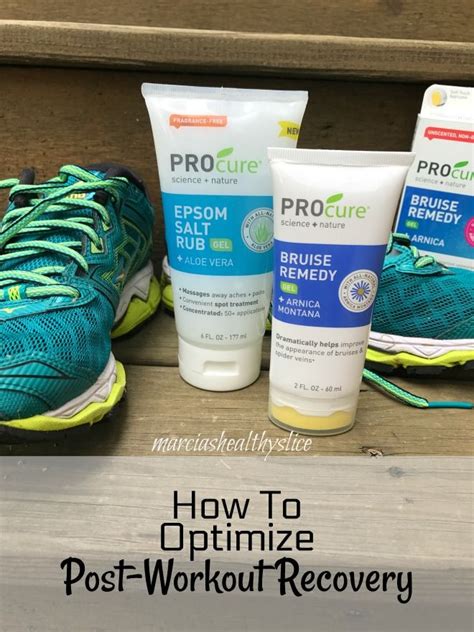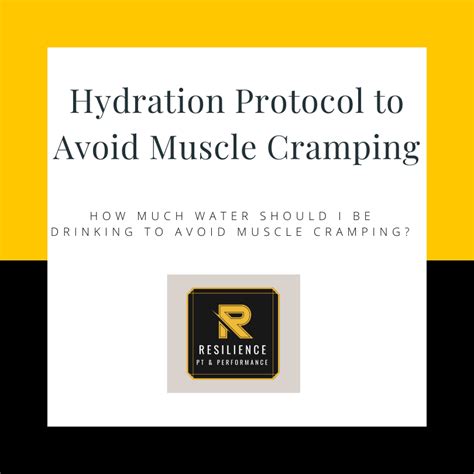How to optimize post-workout recovery for peak performance & muscle gains?

Why Post-Workout Recovery is Your Secret Weapon
Many fitness enthusiasts focus intensely on their workouts, pushing boundaries and chasing personal bests. While training hard is undoubtedly essential, the true magic of muscle growth and performance enhancement doesn’t happen during your reps – it happens afterward, during recovery. Neglecting recovery is like planting a seed but forgetting to water it; you’ll never see its full potential. Optimized post-workout recovery is the cornerstone of continuous progress, allowing your body to repair, rebuild stronger, and adapt to the stresses of training.
This article will delve into the critical pillars of effective post-workout recovery, offering actionable strategies to help you maximize muscle gains, enhance athletic performance, and prevent overtraining.
The Nutritional Edge: Fueling Your Body for Repair
What you consume immediately after and in the hours following your workout significantly impacts your body’s ability to recover. It’s not just about eating; it’s about eating the right things at the right time.
1. Protein: The Building Blocks
- Consume quickly: Aim for 20-40 grams of high-quality protein within 30-60 minutes post-workout. This ‘anabolic window’ helps kickstart muscle protein synthesis (MPS), the process of repairing and building new muscle tissue.
- Throughout the day: Ensure a consistent intake of protein (e.g., 0.7-1 gram per pound of body weight) spread across meals to support ongoing muscle repair and growth.
2. Carbohydrates: Replenishing Energy Stores
- Glycogen restoration: Intense workouts deplete muscle glycogen (stored carbohydrates), your primary energy source. Consuming fast-digesting carbohydrates post-workout helps replenish these stores, preparing you for your next session.
- Ratio matters: A 2:1 or 3:1 ratio of carbohydrates to protein is often recommended for optimal glycogen resynthesis and protein absorption.
3. Essential Fats & Micronutrients
- Healthy fats: While not a primary post-workout focus, healthy fats (from avocados, nuts, seeds) are crucial for overall hormone production and reducing inflammation in the long term.
- Vitamins and minerals: A diet rich in fruits, vegetables, and whole grains provides essential micronutrients and antioxidants that combat oxidative stress and support countless bodily functions involved in recovery.

Sleep: The Ultimate Regenerator
Often overlooked, sleep is arguably the most powerful recovery tool. It’s during deep sleep stages that your body releases growth hormone, critical for muscle repair and fat metabolism, and performs the majority of its cellular repair processes.
- Aim for 7-9 hours: Most active individuals require at least 7-9 hours of quality sleep per night. Listen to your body and adjust as needed.
- Improve sleep hygiene: Create a cool, dark, and quiet sleep environment. Avoid screens an hour before bed and establish a consistent sleep schedule, even on weekends.
Hydration: The Unsung Hero of Performance
Water is involved in almost every bodily function, including nutrient transport, temperature regulation, and joint lubrication. Even mild dehydration can impair performance and hinder recovery.
- Before, during, and after: Sip water consistently throughout the day. Drink 16-20 ounces of water for every pound of body weight lost during exercise (weigh yourself before and after).
- Electrolyte balance: For intense or prolonged workouts, consider drinks with electrolytes (sodium, potassium) to replace those lost through sweat.

Active Recovery and Mobility Work
While rest days are vital, complete inactivity can sometimes prolong soreness. Active recovery involves low-intensity activities that promote blood flow without adding significant stress, aiding in nutrient delivery and waste removal.
1. Light Aerobic Activity
- Examples: Walking, light cycling, swimming, or elliptical for 20-30 minutes at a low intensity.
- Benefits: Helps reduce muscle soreness (DOMS) by increasing blood flow to fatigued muscles.
2. Stretching and Foam Rolling
- Flexibility and range of motion: Dynamic stretches before a workout and static stretches after can improve flexibility and prevent stiffness.
- Myofascial release: Foam rolling targets tight spots, improves blood flow, and can alleviate muscle adhesions, enhancing overall mobility and reducing soreness.

Strategic Supplementation (When Appropriate)
While whole foods should always be your priority, certain supplements can complement your recovery efforts.
- Creatine: Helps replenish ATP (energy) stores, improving strength and power output and potentially aiding recovery.
- BCAAs (Branched-Chain Amino Acids): Can help reduce muscle soreness and fatigue, though a sufficient protein intake usually covers this need.
- Magnesium: Important for muscle function, nerve transmission, and sleep quality. Many people are deficient.
- Omega-3 Fatty Acids: Known for their anti-inflammatory properties, which can help with workout-induced inflammation.

Listen to Your Body and Plan Rest
Perhaps the most crucial aspect of recovery is tuning into your body’s signals. Persistent fatigue, decreased performance, elevated resting heart rate, and mood disturbances can all be signs of inadequate recovery or overtraining.
- Scheduled rest days: Integrate 1-2 full rest days into your weekly training schedule.
- Deload weeks: Periodically reduce your training volume and intensity for a week to allow for supercompensation and complete recovery.
- Stress management: Chronic mental stress can impair physical recovery. Incorporate mindfulness, meditation, or hobbies to manage stress levels.

Conclusion: Make Recovery a Priority, Not an Afterthought
Optimizing post-workout recovery is not just a recommendation; it’s a non-negotiable component of any effective fitness regimen aimed at peak performance and maximal muscle gains. By diligently focusing on proper nutrition, prioritizing sleep, maintaining hydration, incorporating active recovery, and listening to your body, you empower your system to not only bounce back but to come back stronger, more resilient, and ready to conquer new challenges. Treat recovery with the same intensity you treat your workouts, and watch your progress soar.





